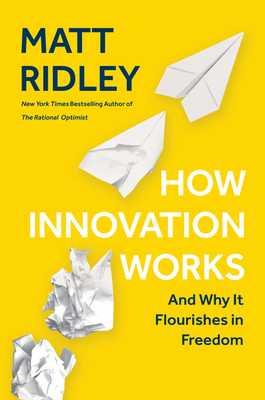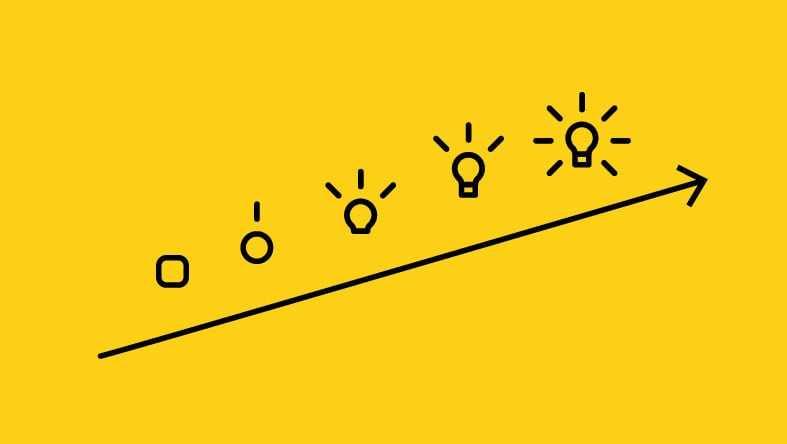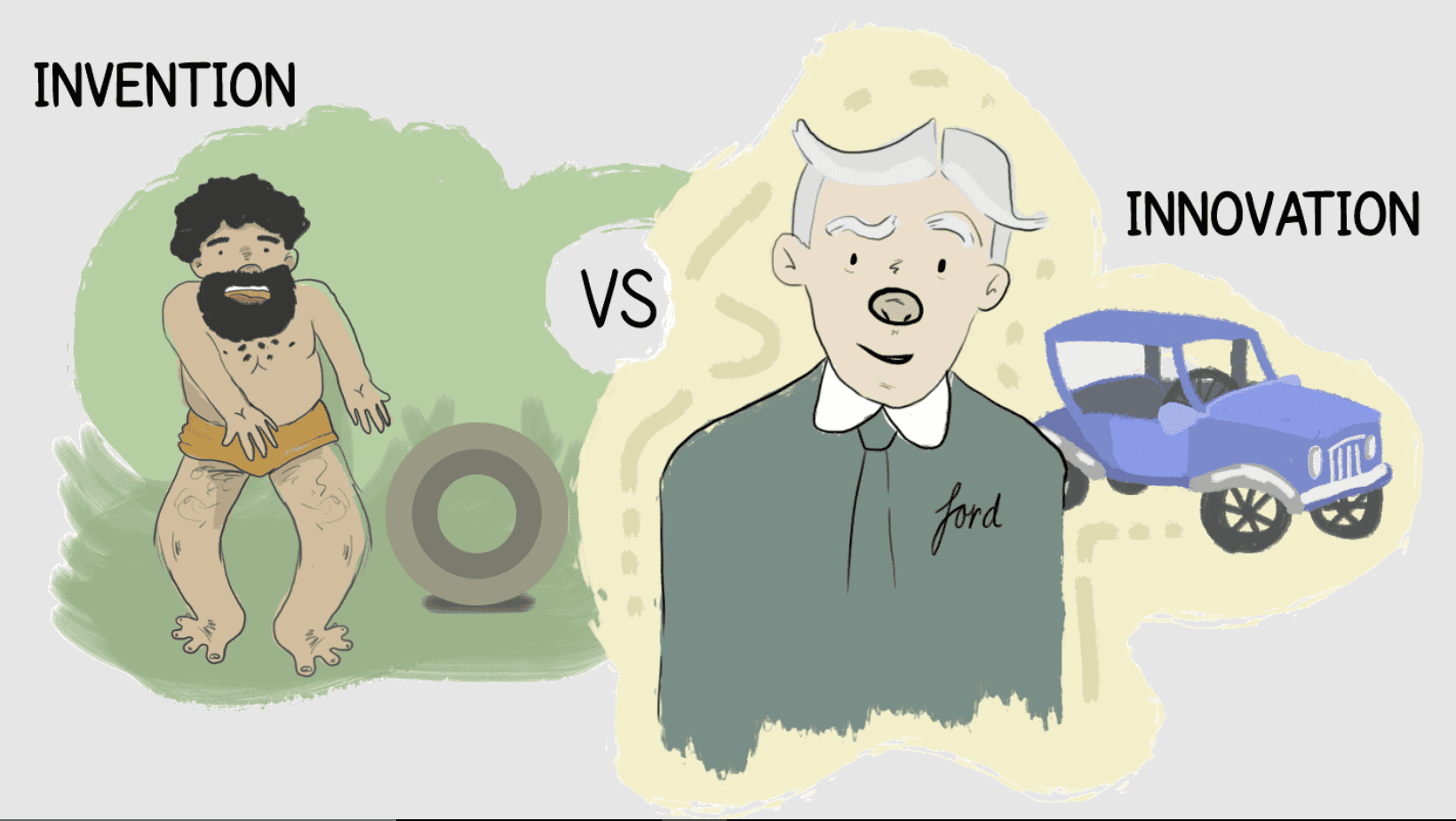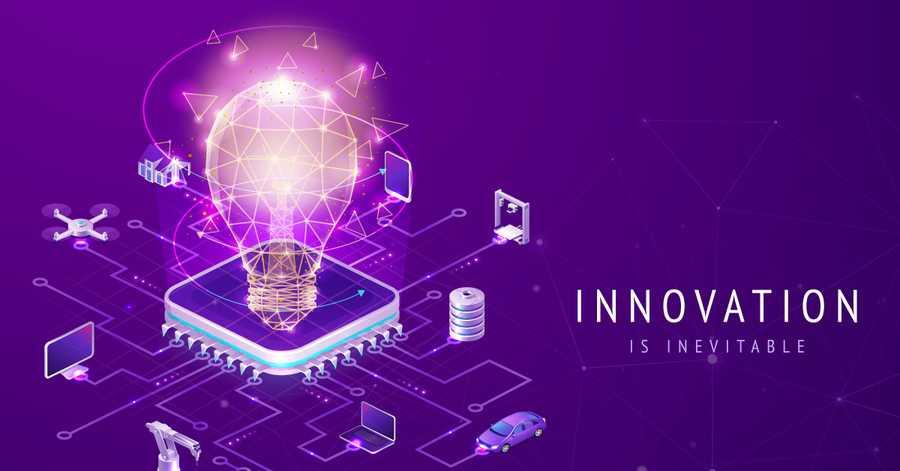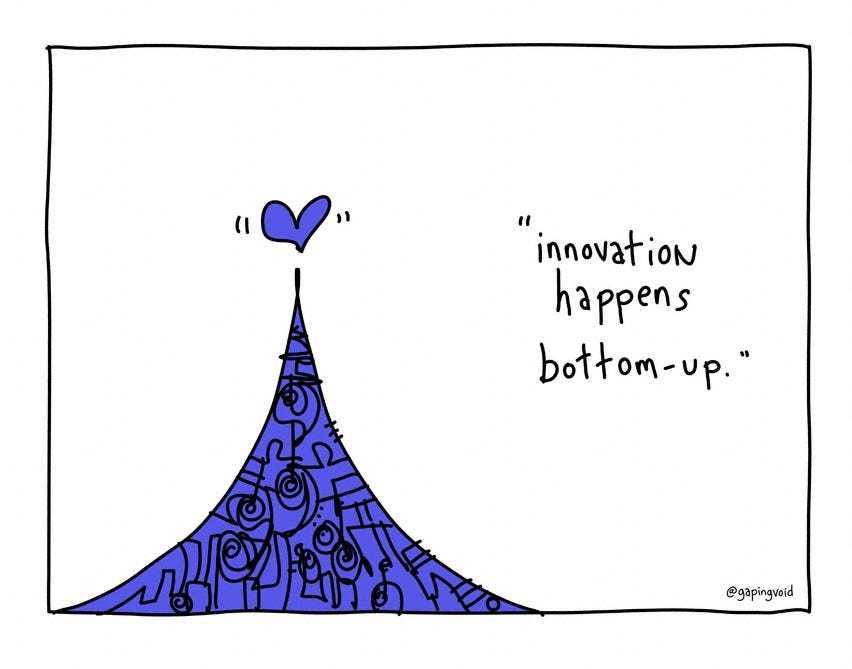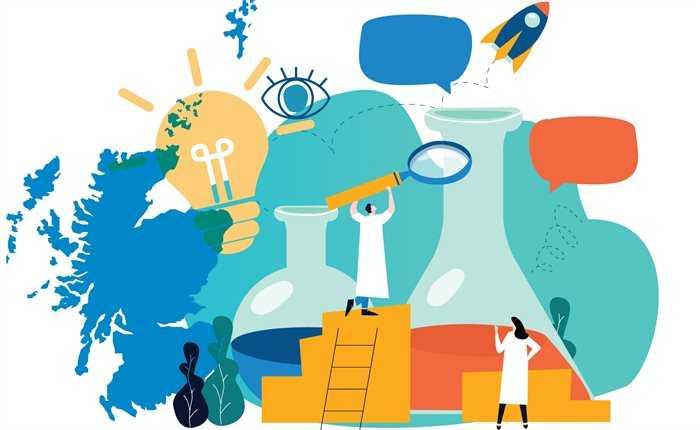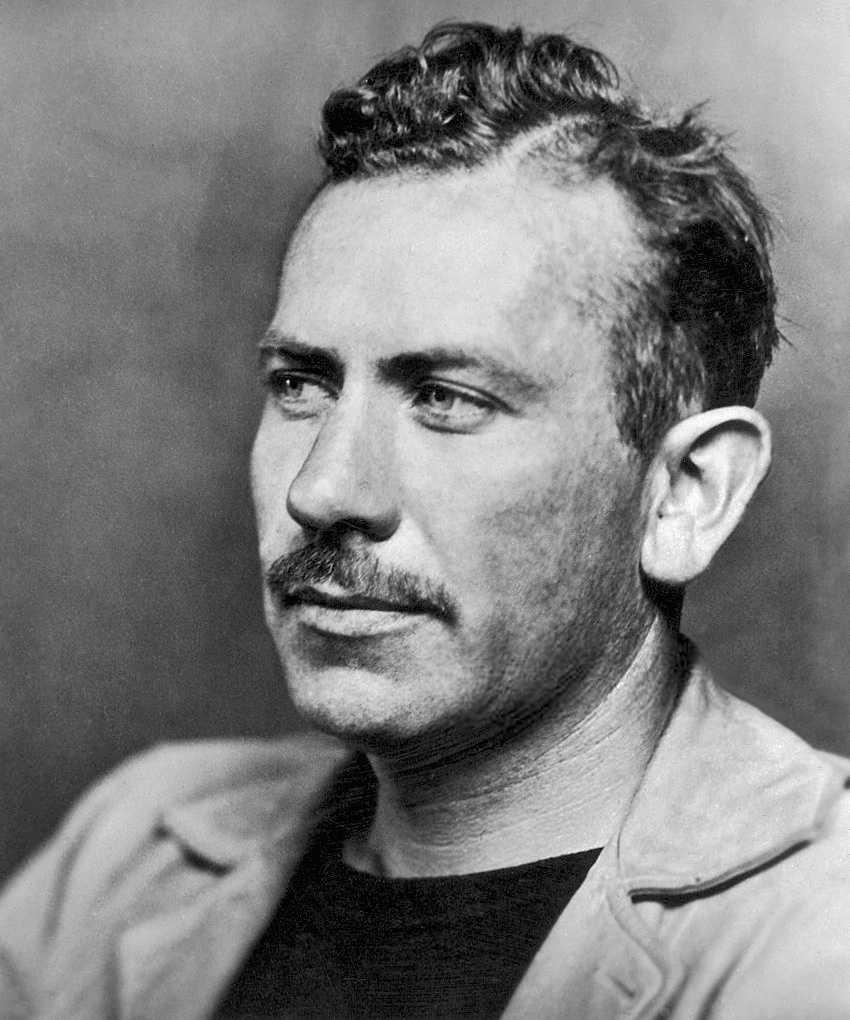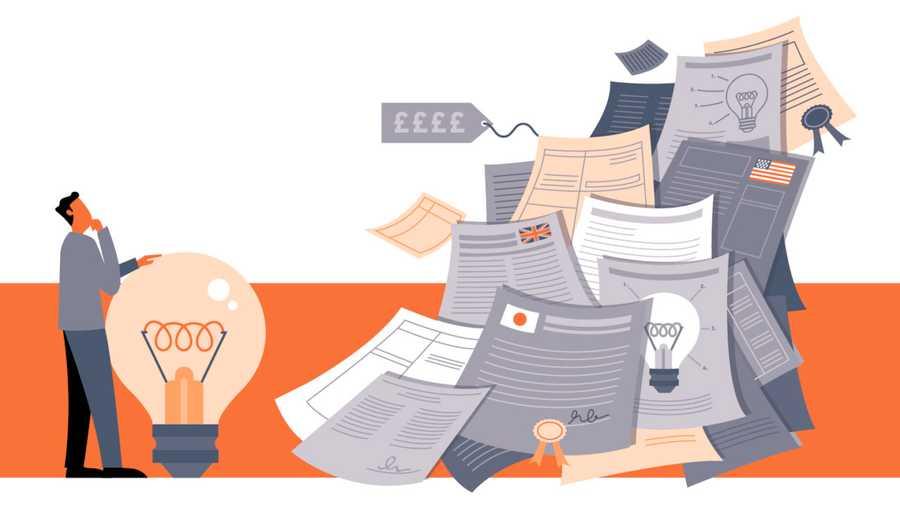Purvankit khadatkar's Key Ideas from How Innovation Works: Serendipity, Energy and the Saving of Time
by Matt Ridley
Ideas, facts & insights covering these topics:
15 ideas
·13.4K reads
166
Explore the World's Best Ideas
Join today and uncover 100+ curated journeys from 50+ topics. Unlock access to our mobile app with extensive features.
1. Innovation Essentials: Innovation is Gradual
- Innovation is nearly always a gradual thing. Eureka moments are rare and possibly non-existent.
- It is because of human nature and the intellectual property system that innovation is often described as heroic breakthroughs. It is all too easy and tempting for whoever makes a breakthrough to magnify its importance, forget about rivals and predecessors, and ignore successors who make the breakthrough into a practical proposition.
- Nationalism makes the problem worse. The importing of a new idea gets confused with the inventing of a new idea.
330
2.56K reads
1.1 Innovation V/S Invention, And Serendipity
- Innovation is the turning of an idea or invention into a workable, affordable device that actually delivers benefits to people.
- Innovation is often serendipitous: Serendipity is an accidental discovery that is beneficial in some way. It is a well-known attribute of innovation. Post-it notes, genetic fingerprinting, and Kevlar(used in bulletproof jackets) are some examples of serendipitous innovations.
332
1.84K reads
1.2 Innovation Relies On Recombination, Chance And Collaboration
- Every idea is a combination of other ideas. Innovation happens when ideas have sex. It occurs where people meet and exchange goods, services and thoughts. The inventors of motor cars did not have to invent wheels or steel.
- Most inventors find that they need to keep "just trying" things. Tolerance of error is therefore critical. An element of playfulness helps, too. Innovators who just like playing around are more likely to find something unexpected.
- Innovation always requires collaboration and sharing. Even the simplest object is beyond the capacity of any one human being to understand.
332
1.07K reads
1.3 Innovation's Hype Cycle, And Increasing Efficiency
- Amara's law states that people tend to overestimate the impact of new technology in the short run and underestimate it in the long run. Gene editing, GPS and AI are some examples where Amara's hype cycle is observed. It could also be playing a role in the story of crypto.
- The bigger the cities get, the more productive and efficient they become, in terms of their use of energy to create improbability. It is always possible to raise living standards further by lowering the amount of a resource that is used to produce a given output. Growth is therefore indefinitely "sustainable".
310
861 reads
1.4 Innovation is Inevitable
- The invention of the light bulb was independently achieved by 21 people. There may be conscious competition between these but it was impossible for light bulbs not to be invented in the 1870s. 2 paradoxes arise:
- The individual seems dispensable. If Edison wasn't born, the world still would have light bulbs. But this is precisely what makes such achievements remarkable: any of the billions of rivals could have won, but only some emerged.
- This makes innovation look predictable, yet it isn't. It is obvious that search engines would be the biggest fruit of the internet. But no one saw it coming.
320
725 reads
Liberty is the parent of science and of virtue, and a nation will be great in both in proportion as it is free.
THOMAS JEFFERSON
303
1K reads
2. Economics of Innovation: Innovation Is A Bottum-Up Phenomenon
It is believed that the main source of innovation has been the government support of research, and that government should therefore adopt an industrial policy of directed innovation. This is a myth.
While it is not impossible that governments can aim for, create and perfect an innovation, it doesn't happen very often. Far more inventions and discoveries emerge by serendipity and the exchange of ideas.
307
659 reads
2.1 Innovation And Science
- There is a widely held belief that science leads to technology, which leads to innovation. While this can happen sometimes, it is just as often the case that invention is the parent of science: techniques and processes that work are developed, but the understanding of them comes later.
- Examples: Steam engines led to the understanding of thermodynamics, powered flight of aerodynamics, and animal breeding of genetics.
305
568 reads
2.2 Big Companies Are Bad At Innovation
- Big companies are bad at innovating because they are too bureaucratic, have too big a vested interest in the status quo and stop paying attention to the interests, actual and potential, of their customers.
- Thus for innovation to flourish it is vital to have an economy that encourages or at least allows outsiders, challengers and disruptors to get a foothold.
317
556 reads
Ideas are like rabbits. You get a couple and a learn how to handle them, and pretty soon you have a dozen.
JOHN STEINBECK
315
737 reads
3. Resistance To Innovation: Intellectual Property
- The justification for intellectual property- patents and copyright is that it is necessary to encourage investment and innovation. The trouble is, the evidence clearly shows that while intellectual property helps a little, it also hinders and the net effect is to discourage innovation.
- A further problem is that patents undoubtedly raise the cost of goods. This slows down the development and spread of innovation.
- Finally, patents tend to favour inventions rather than innovations: upstream discoveries of principles, rather than a downstream adaptation of devices to the market.
307
432 reads
When a new invention is first propounded in the beginning every man objects and the poor inventor runs the gauntloop of all petulant wits.
WILLIAM PETTY
294
644 reads
4. How Innovation Works
- The main ingredient that leads to innovation is freedom. Freedom to exchange, experiment, imagine, invest and fail. Freedom for the consumers to reward the innovations they like. Not freedom in the lawless sense, just the general idea that if something is not specifically prohibited, then the assumption should be that it must be allowed.
- Freedom is why innovation cannot be easily planned because neither human wishes nor the means of their satisfaction are easy to anticipate. This is why nobody really knows how to cause innovation because no one can make people want something.
315
447 reads
4.1 An Innovation Famine
- The ability of Western economies to generate innovation has become weaker. Incomes appear to be stagnating and opportunities for social mobility drying up. The cause is not too much innovation, but too little. The West may still do new things in science and arts but is slowing down in innovating products.
- China's innovation engine,however, has fired up. Their speed could be explained by work. Willingness to put in the hours, to experiment and play. But they have authoritarian restraints, which hinder innovation. Perhaps India or Brazil will pick up the challenge and keep innovation happening.
304
440 reads
IDEAS CURATED BY
Purvankit khadatkar's ideas are part of this journey:
Learn more about communication with this collection
How to secure funding
How to market and sell your product or service
How to scale and grow your business
Related collections
Discover Key Ideas from Books on Similar Topics
2 ideas
Sapiens
Yuval Noah Harari
5 ideas
Sapiens
Yuval Noah Harari
6 ideas
When The Magic Happens
collaborativefund.com
Read & Learn
20x Faster
without
deepstash
with
deepstash
with
deepstash
Personalized microlearning
—
100+ Learning Journeys
—
Access to 200,000+ ideas
—
Access to the mobile app
—
Unlimited idea saving
—
—
Unlimited history
—
—
Unlimited listening to ideas
—
—
Downloading & offline access
—
—
Supercharge your mind with one idea per day
Enter your email and spend 1 minute every day to learn something new.
I agree to receive email updates
